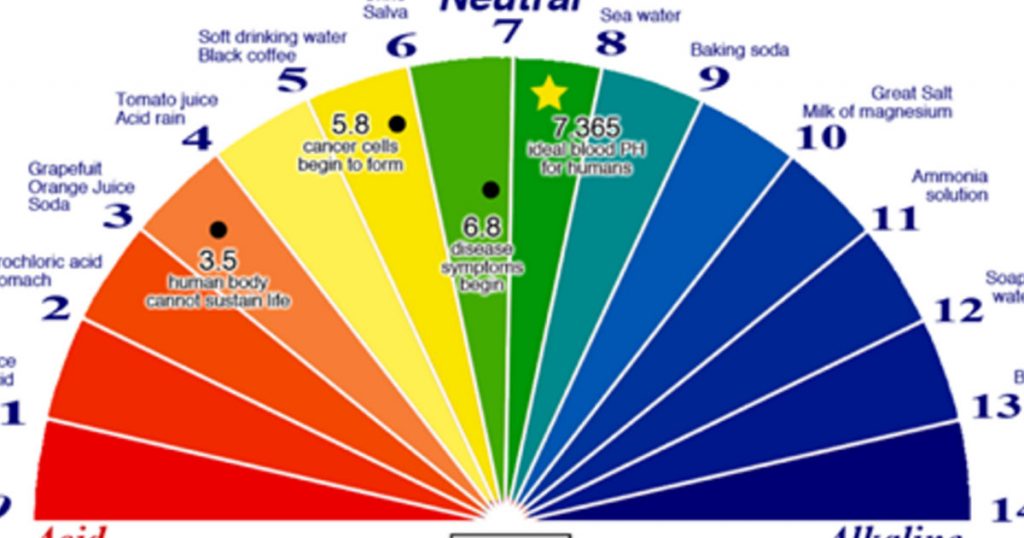We live in uncertain and chaotic times. The world is facing a lot of economic and political struggles, and on top of all that mess there’s also global warming to take into account. That’s why it’s only normal for anyone’s imagination to wander into end of the world scenarios. The current situation of the world makes you wonder, will everyone make it out in the end?
- A Youtube channel named Top Lists compiled a list of countries he believes will not survive the next 20 years
- It’s highly speculative
- He includes countries that are going through economic or political upheaval
In this list, we’ve also included nations that are threatened by global warming. Recently, the Alliance of Small Island States met up to discuss their mounting fear over the fact that they will “cease to exist due to climate change.” Rising temperatures, and in turn, rising sea levels, will put at risk the lives of millions of people living in these islands.
In the spirit of speculation and contemplation, here’s a list of countries and highly populated coastal cities that are most likely not to survive the next 20 years:
1. North Korea. The small Asian nation continues to insist on self-reliance and authoritarianism, using nothing but the resources within their borders and some aid from Russia and China, North Korea’s closest allies.

But experts believe that at some point within the next 20 years, the nation will leave behind their isolation and slowly open its borders and expand its foreign affairs beyond Russia and China.

2. Belgium. This small European nation is split into Flanders and Wallonia, two regions that have very little in common. During the 2007 crisis in Belgium, the partition of the country was hotly debated, especially when it came to how they would split up Brussels.

The people of Wallonia are mostly French speakers who want to become one with France, while the people of Flanders are Flemish and they wish to be an independent nation away from their Francophone brothers and sisters.

3. China. The nation counts with one of the strongest and powerful economies in the world, and its military is nothing to joke about. But the destruction of China will not come from foreign threats, but because of the environmental damage the nation has sustained.

There are cities in China, like Beijing, where the smog problem is so intense that residents are often advised to stay indoors during the days when it hits the hardest. On top of the air problem, China’s rivers and water reservoirs are irreversibly polluted by the contamination of factories. The Chinese government has predicted that the nation will run out of drinkable water by 2030.

4. Iraq. The Middle Eastern nation is also divided in a way that won’t be easy to heal. Three groups dominate the nation: the Kurds in the north, the Sunnis in the west and the Shiites in the south. Experts believe that in order for Iraq to stand a chance at being unified, the Kurds would have to surrender their control of the north.

Moreover, the Islamic State would have to be defeated and kicked out of the nation, and all three groups would have to find a way to balance the way they live so that a sustainable Iraq can live on.

5. The United Kingdom. It’s not a secret that Scotland has always wanted their independence from the United Kingdom (although the latest referendum showed that the nation still couldn’t make up its mind about whether they should be independent or a part of the union. As of the year 2016, England is no longer a part of the European Union, and this has led the country into a more divided political and social atmosphere.

Wales and Northern Ireland are also nations that have strong independence movements, and if any of these nations succeeds at gaining their independence, the United Kingdom would fall apart and all of its members would simply exist independently.

6. The United States. America is a nation of deeply divided social and political beliefs, so it’s not a surprise that it’s included in this list. The nation exists as a collection of States with wildly polarized partisan populations that are constantly making headlines in terms of ideological conflicts. If there’s a country that’s likely to become several smaller countries, it’s the United States

As recently as 2012, 50 states have sent petitions with hundreds of thousands of signatures that want to break away from the union. Top Lists speculates that the most likely states to break away are Alaska and Texas.

7. Spain. The iconic European nation has been facing an economic crisis since 2008. Their debt to GDP ratio is dangerously close to 94 per cent. As of January 2015, nearly a quarter of Spanish citizens were unemployed. This economic trouble has created a generation of young Spaniards who feel hopeless in their home nation, and who’ve instead decided to flock the country for greener pastures within the European Union.

On top of the economic problems, Spain has two regions that have always wanted independence: Catalonia and the Basque region of the North. The Basque area is home to the nationalist organization ETA, which has been responsible for a number of terror attacks that have killed over 829 people since 1968

8. Libya. Much like Iraq, Libya is a nation that was the result of the colonial era. It’s divided into three regions with diverse groups of people whose collective consciousness isn’t entire loyal to one concept of Libya.

On top of the domestic divisions, the geopolitical conflicts in Libya are still going strong. Even if the wars cease and the country finds peace within the next 20 years, it’s unlikely that it will remain under the one unified Libya that the rest of the world knows.

9. The Maldives. Many people would agree that this island nation, like many other island nations around the world, is one of the most likely ones to cease to exist. The small tropical nation located in the Indian Ocean has been under the threat of rising ocean levels for quite some time now. The population of the Maldives is almost 350,000 people.

In 2012, Maldives president Mohamed Nasheed looked into moving the population into the mainland of South Asia, and he even warned Australia that they should prepare for an “oncoming wave of environmental refugees” within the next 20 years.

10. The Bahamas. For island nations like the Bahamas, a small change of even just 1.2 degrees Celsius would mean a catastrophic change to its coastal lines. If the ocean levels rise as much as 5 feet, The Bahamas would lose 80% of its land mass, according to the Alliance of Small Island States.

Island nations like The Bahamas rely on tourism, so they need to implement drastic measures to save time while more long-term measures to stop global warming are implemented. Sea walls, for example, are one of the measures that could help in the meantime by stopping the increasingly strong and wild waves that keep crashing against places inhabited by the nation’s population.


Things look bleak for the islands. At a conference convened to draft the Paris accord, an official from the Marshall Islands tried to make a case for the sinking nation. But bigger and more economically powerful countries like India ignored their pleas, which means that in 20 years the land mass might disappear entirely if they can’t be helped.

12. Fiji. According to an article by Think Progress, rising sea levels have flooded the farmlands and the homes of thousands of Fijian people. This has forced most of the population to seek new homes in the mainland, or in bigger islands like Australia. Within Fiji, the nation is trying their best to save time by relocating their citizens closer to the inland, an initiative that costs the government over $800,000 per 30 houses

Like with every other island nation, the lack of funding and the temporary measures make the future of this country look grim.

13. Solomon Islands. In 2016, the Guardian reported that six of the Solomon islands were washed away by rising sea levels, destroying entire villages never to be seen again. Over the past two decades, the Solomon islands have seen their sea levels rise as much as 10mm per year. One island, Nuatambu island, was the home of 25 families.

Rising sea levels aren’t just making shorelines disappear. They’re also spoiling farming lands and crops, making food security another issue for the small island.

A spokesperson for the Pacific Adaptation to Climate Changes said: “We are trying to address food security, which can affect the growth and health of our people. Our people need to eat a balanced diet and nutritional food, but with effects of rising sea level, food crops like taro in Ontong Java are dying. The coastal people depending on swamp taro and local ferns are losing their source of food due to the salinity of the swamp,

14. Tokyo, Japan. The city of Tokyo is unlikely to disappear entirely, with 7 million people living there. But even a spike in global temperatures by at least 2 degrees Celsius would leave over 4 million Tokyo residents without a home, according to a report by the Japan Times.







